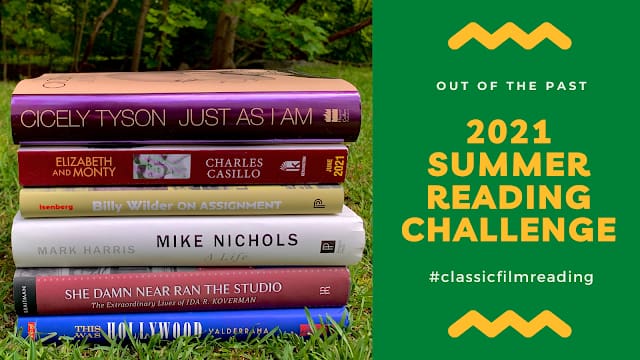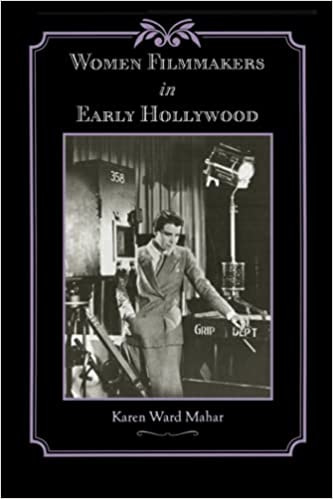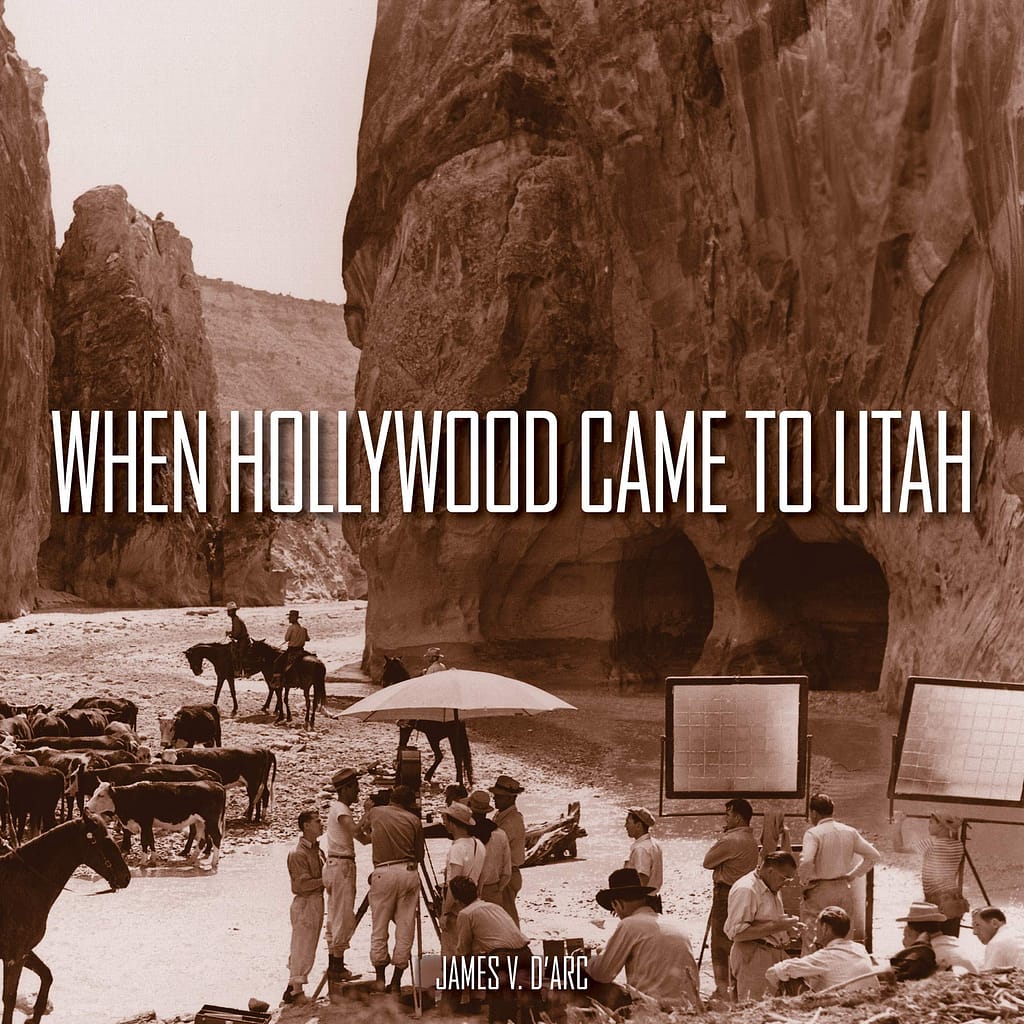
It is that time of year again for the 2021 Summer Reading Classic Film Book Challenge hosted by Raquel Stecher’s Out of the Past Blog. Last year’s challenge was one of the highlights of quarantine and despite being vaxxed this time around, I’ve already spent much of my summer inside reading classic film books. So far, I’ve been so enthralled with the books I’m reading that I’ve slacked off on writing my reviews for the challenge. So while it is better late than never, here are the books that I am currently reading and will be reviewing over the next month and a half:
Women Filmmakers in Early Hollywood by Karen Ward Mahar
My favorite book from last year’s challenge was Shelley Stamp’s Lois Weber in Early Hollywood. Since then, I’ve watched and enjoyed several of Weber’s films and am itching to learn more about and find other talented women filmmakers from Early Hollywood. Stamp cited Mahar’s book several times and I’ve heard excellent things about it. While this 2006 might not be the most up-to-date, I’m excited for all the information to be learned and to find other women-directed classic films.
When Hollywood Came to Utah by James D’Arc
To find more classic films more off the beaten path, this year I’ve been working on a series of posts detailing the history of filmmaking in Utah. Having lived in the state for several years, it has been exciting learning about the various films that were filmed in small towns I’m familiar with or tourist sites I’ve visited. The book’s author James D’Arc brings his knowledge gained from serving decades as the media archivist at Brigham Young University which houses a treasure trove of film history, including James Stewart and Cecil B. DeMille’s personal papers. I’m especially excited for all the book’s behind-the-scenes photos and discovering plenty of Westerns.
Riders of the Purple Sage by Zane Grey
One of America’s most popular and prominent Western writers, Zane Grey wrote over eighty books in the first half of the 20th century that have been adapted into dozens of classic Hollywood films. Grey’s novels and his depiction of the American West heavily influenced America and Hollywood’s conception of the west. This summer I’ll be reading Grey’s most famous book Riders of the Purple Sage set in 1870s Utah territory. The best part of choosing this book to read is that if I like the book enough, I can watch several of the five different film versions made between 1918 and 1996.
The Last Picture Show by William H. Drew
When people talk about the last days of the silent film, many simply recount stories of The Jazz Singer‘s success and pronounce the silent film dead by late 1929. Drew’s book complicates this simple narrative by focusing on how silent films continued to be screened and viewed after Hollywood’s permanent transition to talkies. Whether it was foreign films from countries that had not transitioned to sound, Hollywood talkies retrofitted to theaters without sound technology, or eclectic filmmakers like Charlie Chaplin, silent films continued to be seen and appreciated by filmgoers in the 1930s. While in general, I am looking forward to reading Drew’s book, I’m not looking forward to having to read about the studios and individuals who tossed away silent films of yesteryear onto the trash heap.
Censored: The Private Life of the Movie by Morris L. Ernest & Pare Lorentz
I’m trying something a little bit different this year in one of my book selections. Censored is a book published way back in 1930 as an expose on the movie censors. I’m always nervous about reading books about film history made this early on because they seem to be often less rigorously researched than more modern books; however, the book was written by an ACLU lawyer Morris Leopold Ernest and the film critic Pare Lorentz who actively campaigned against censorship in the American film industry. It should be fascinating to read such an open rebuke of the censorship published the same year the Production Code was created and only a few years before it was fully enforced in Hollywood.
Clara Bow: Runnin’ Wild by David Stenn
I recently discovered that within a couple hour drive from where I grew up lies Clara Bow’s residence, called Walking Box Ranch, where she retired to with her husband actor Rex Bell after her decade in Hollywood. To prepare for an eventual visit to the now historical landmark, I wanted to read up on Bow’s life and watch more of her films. I’m interested to learn more about her life, which from what I know in many ways is quite tragic, and how her life influenced her charismatic onscreen persona.
Stay tuned over the next several weeks for my reviews and thoughts on these books. Feel free to check the reviews from others in the 2021 Classic Film Summer Reading.









